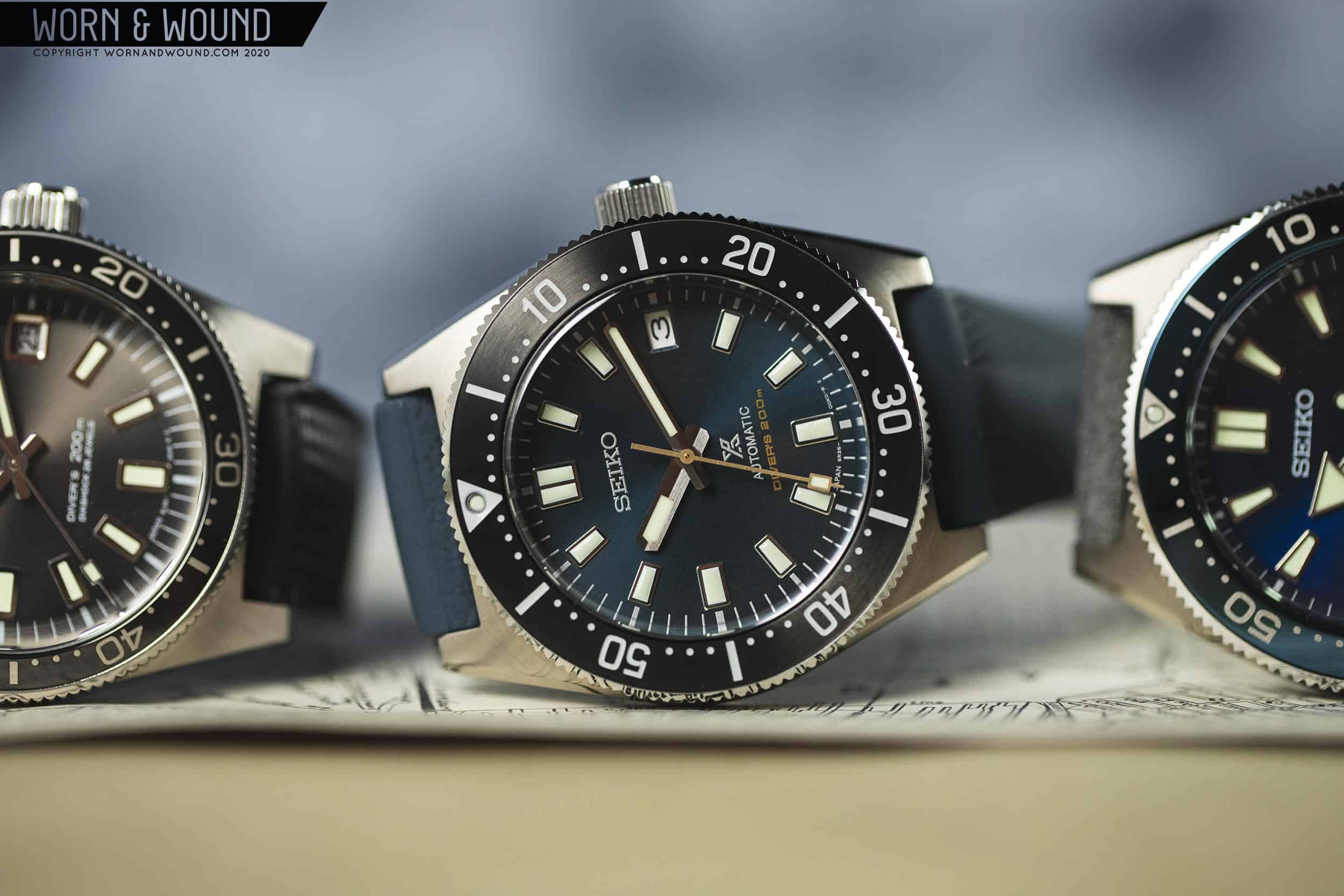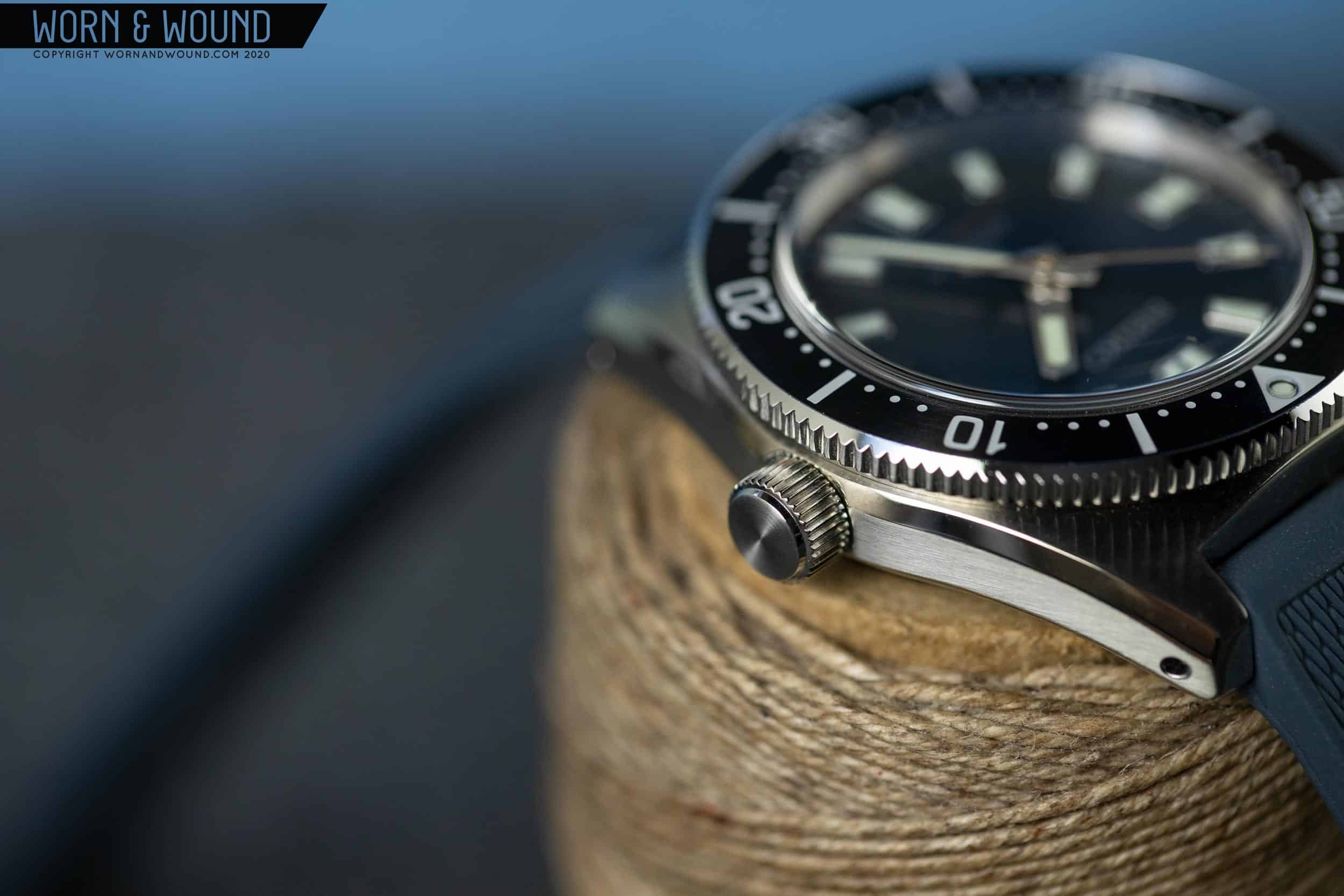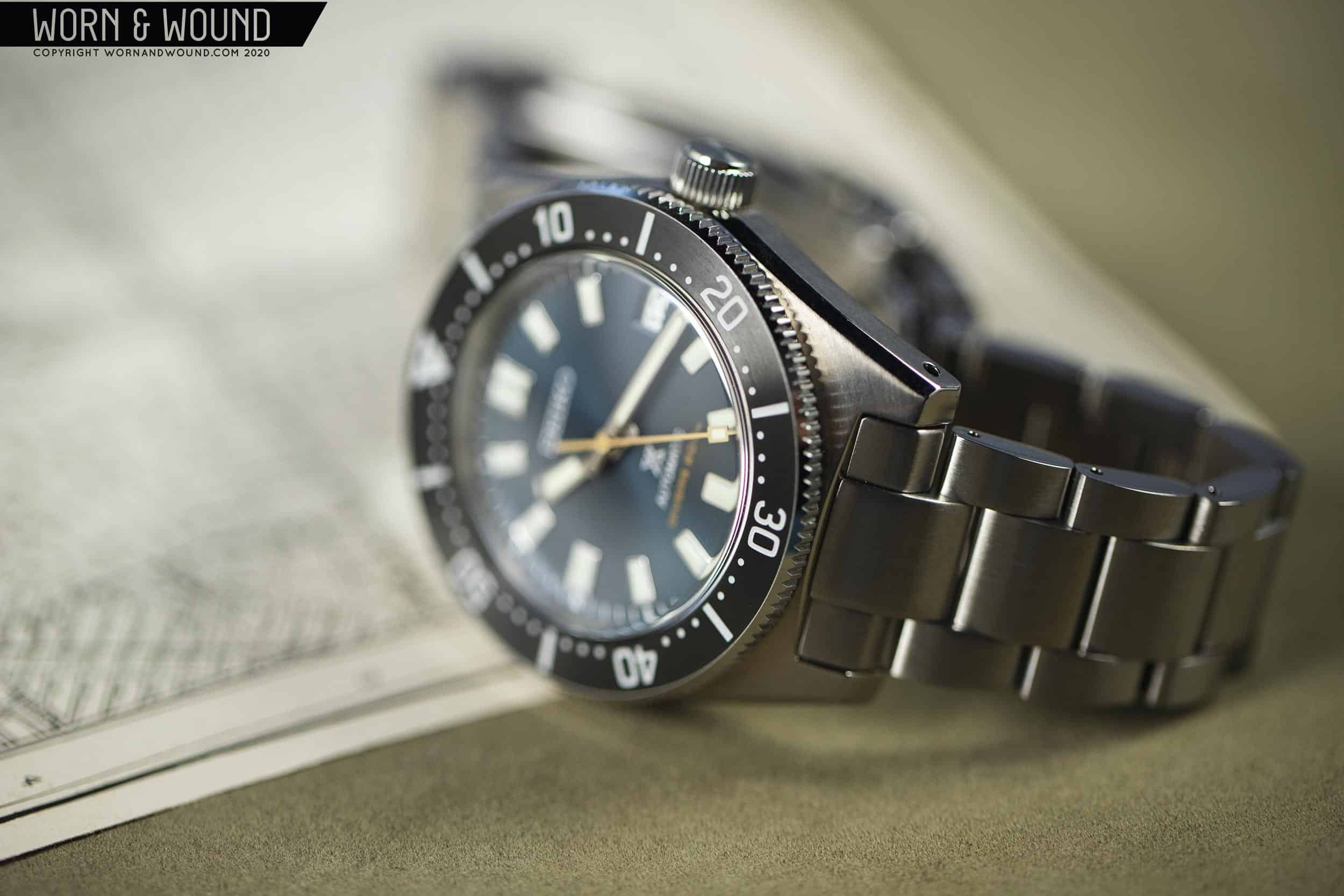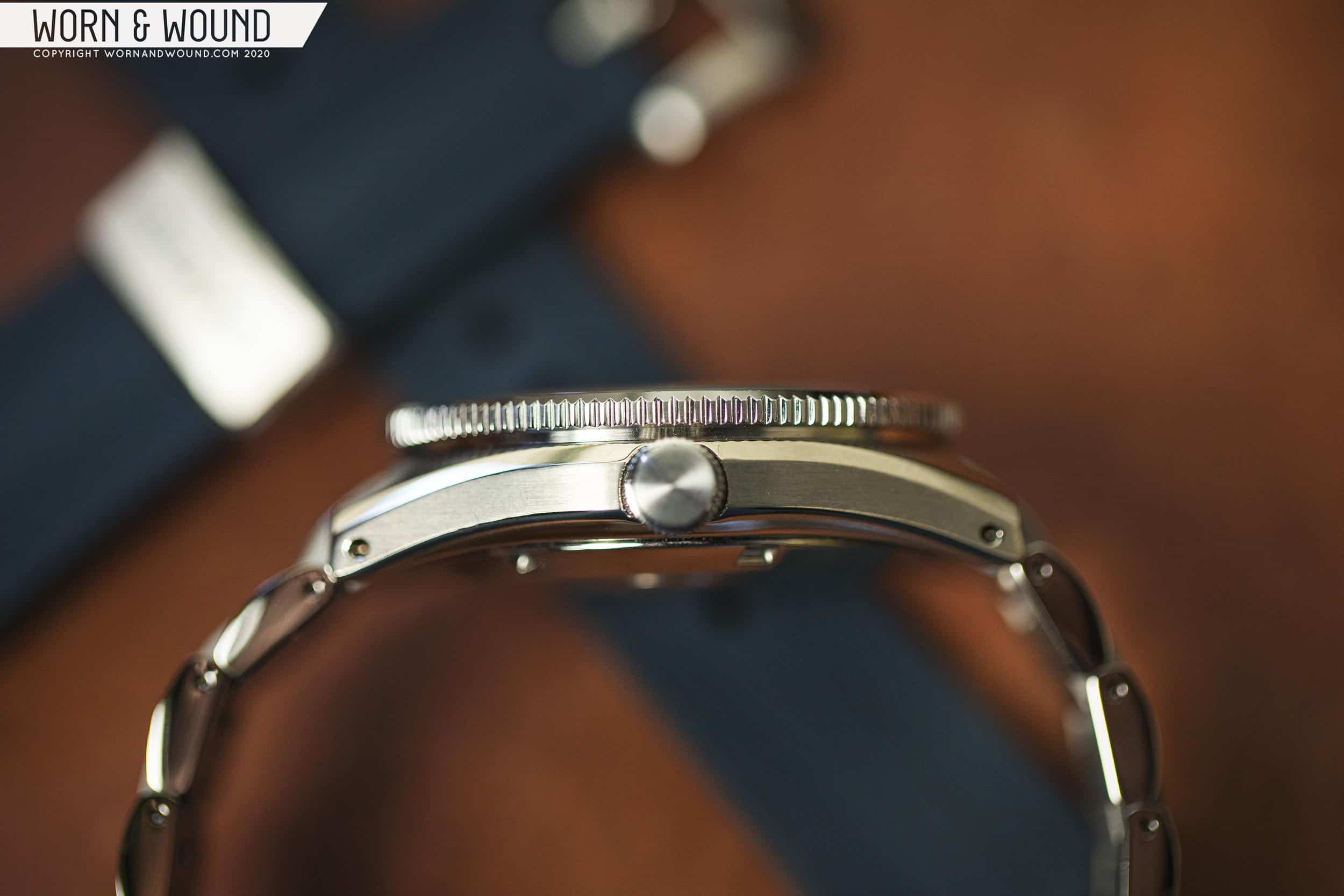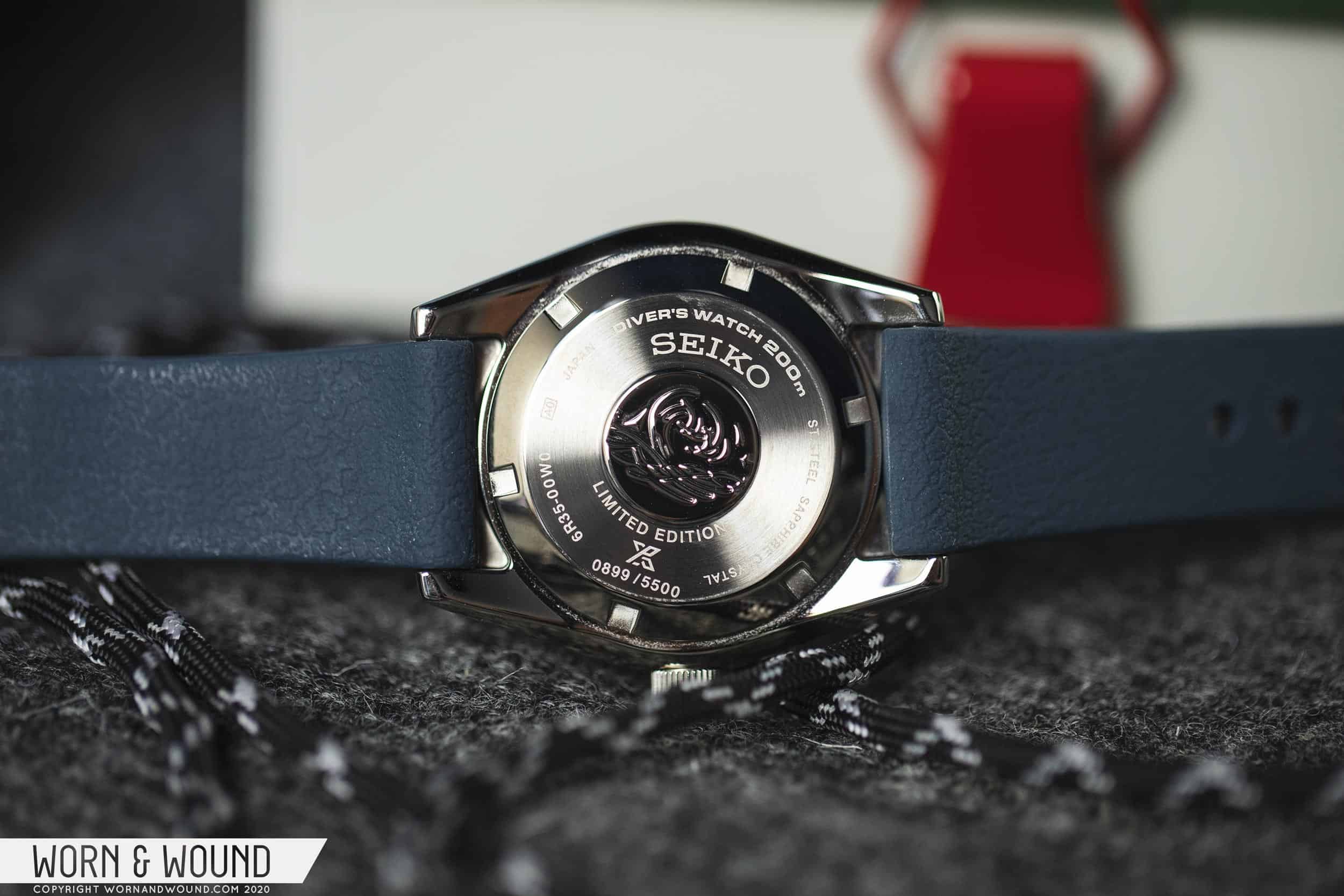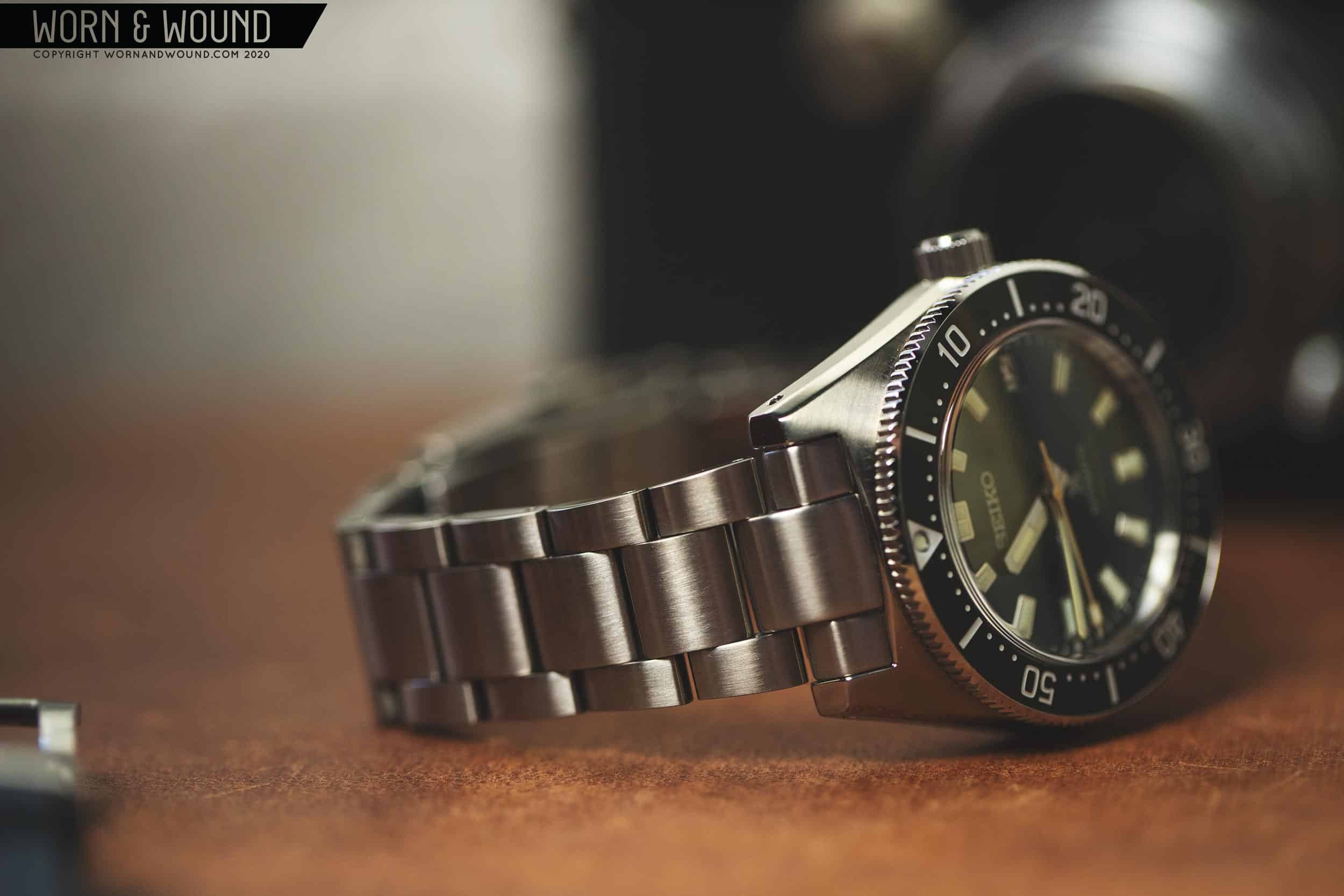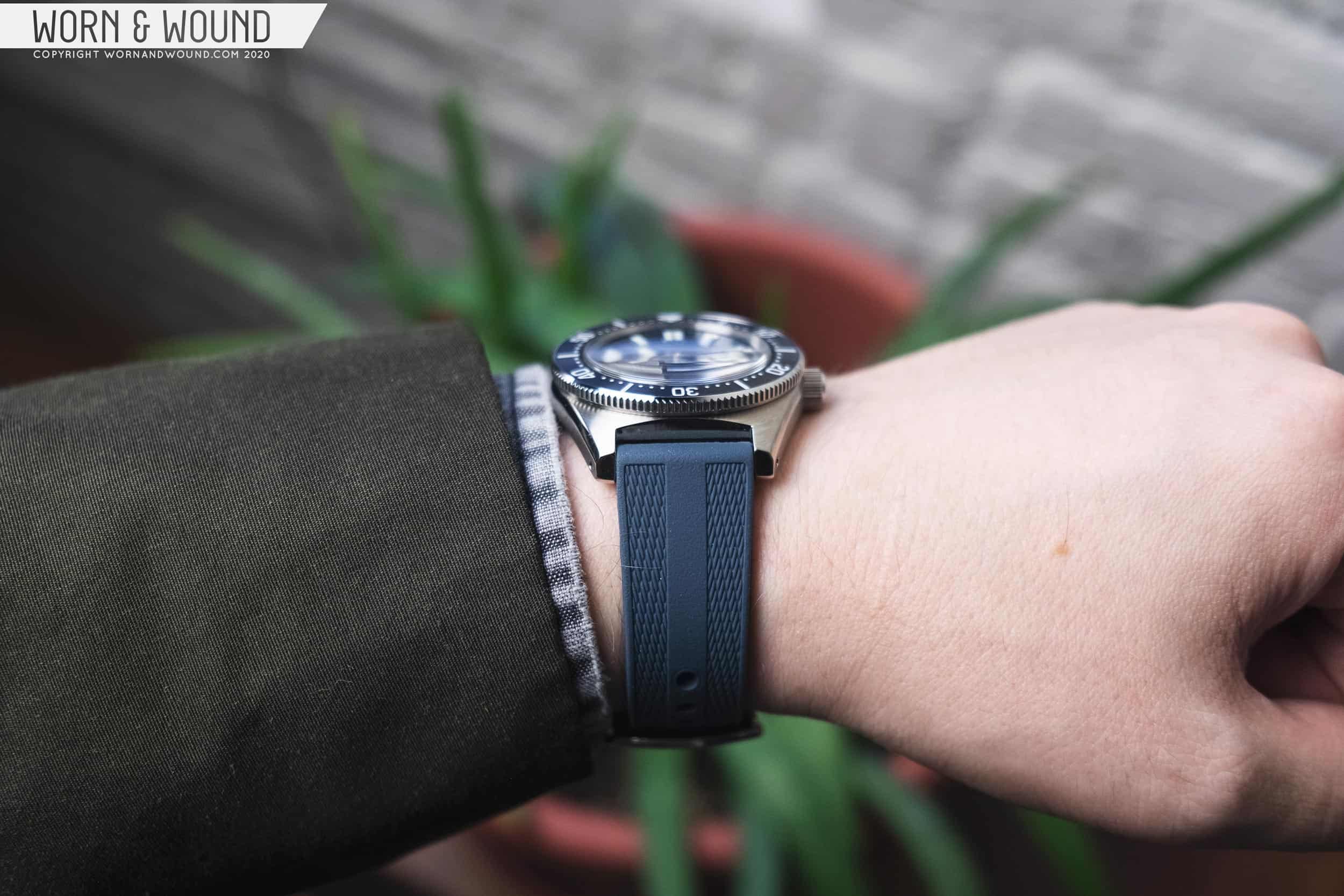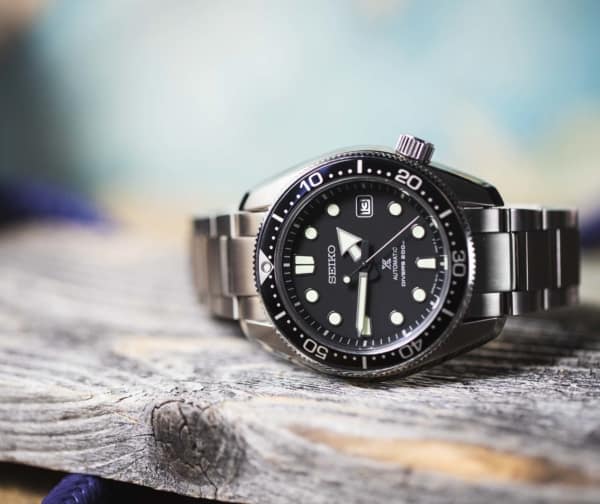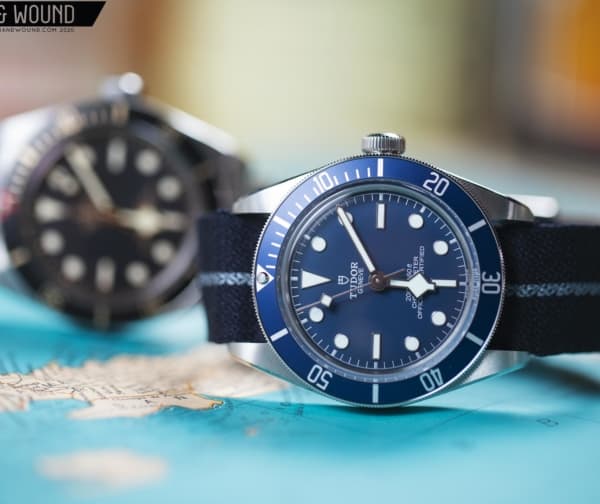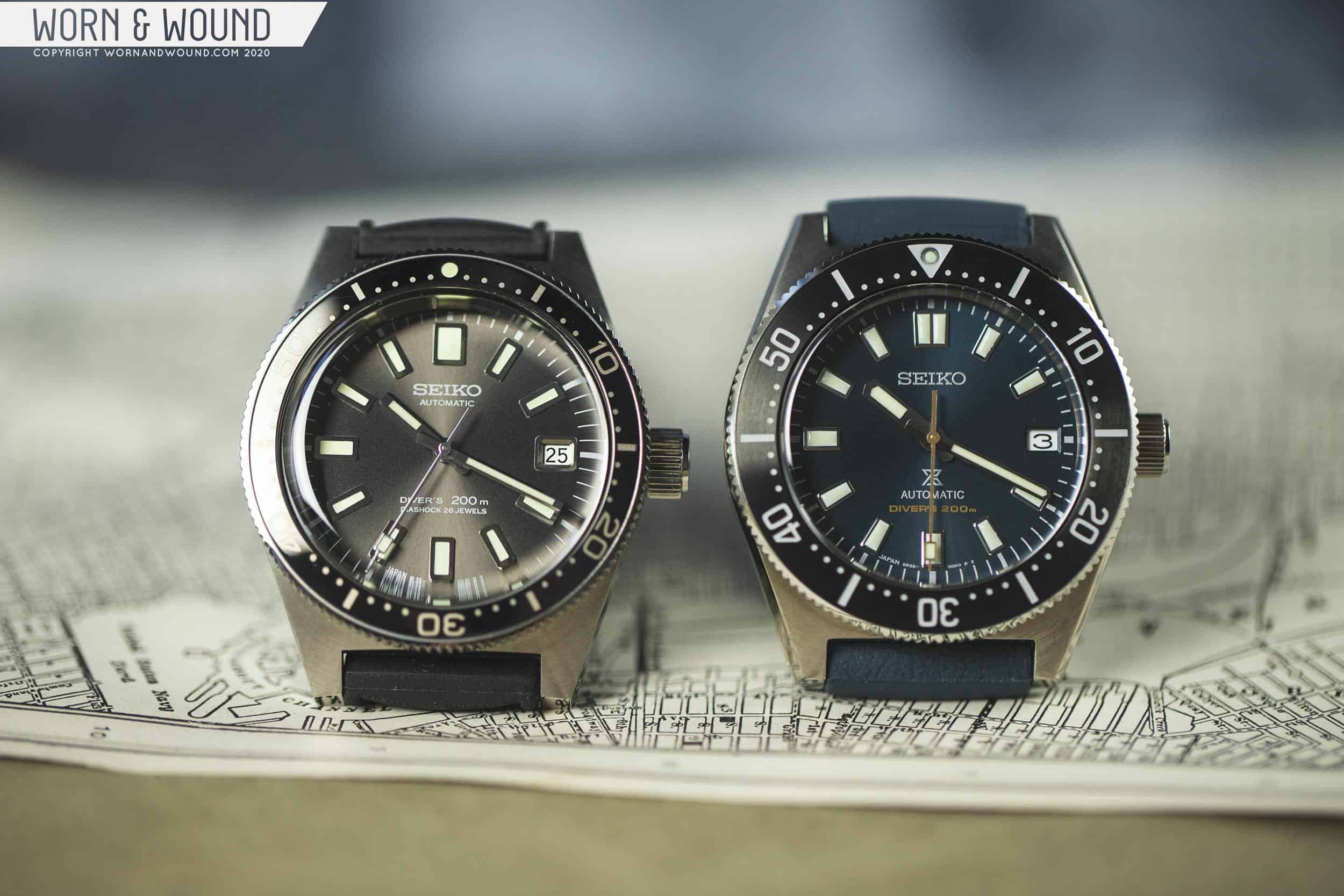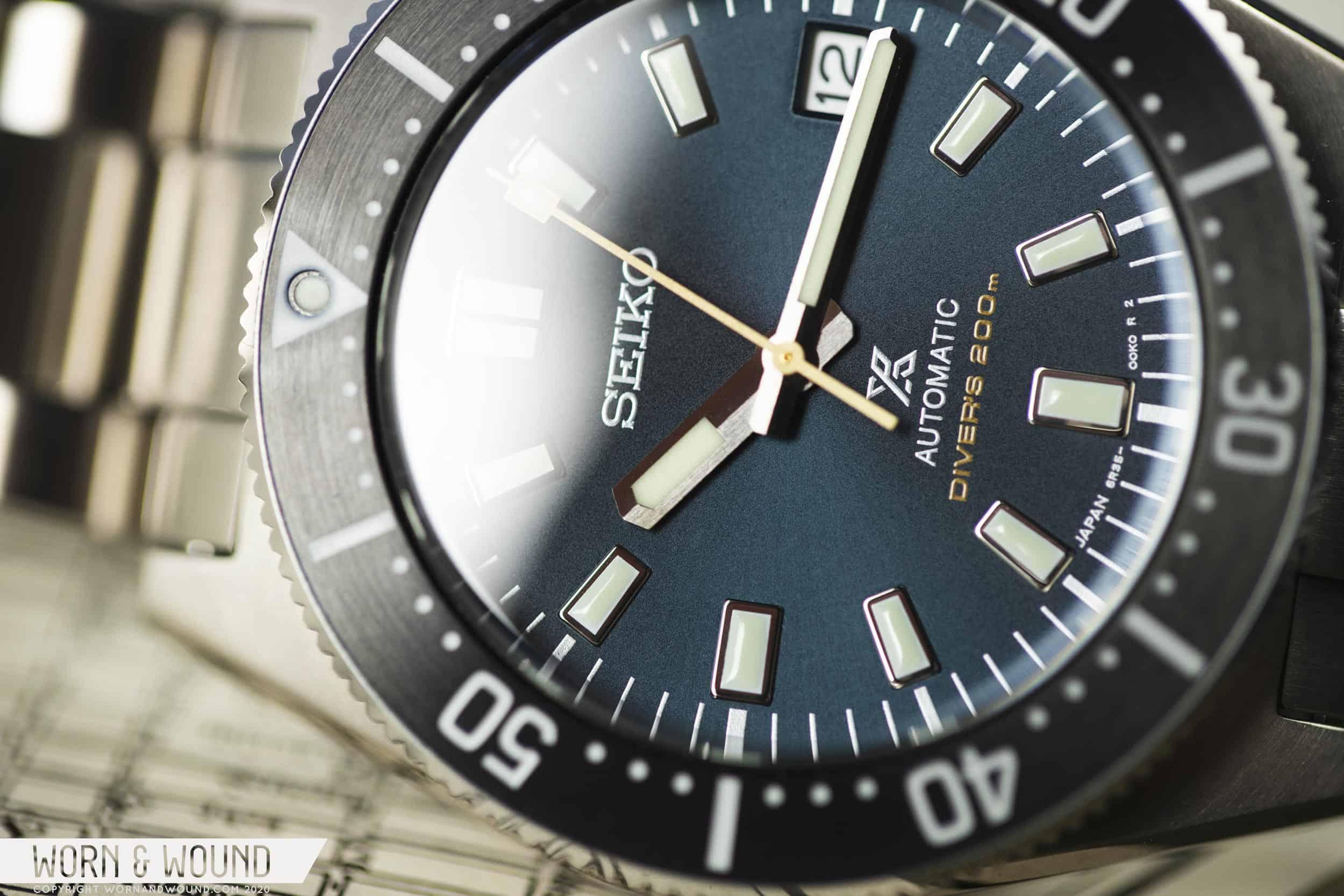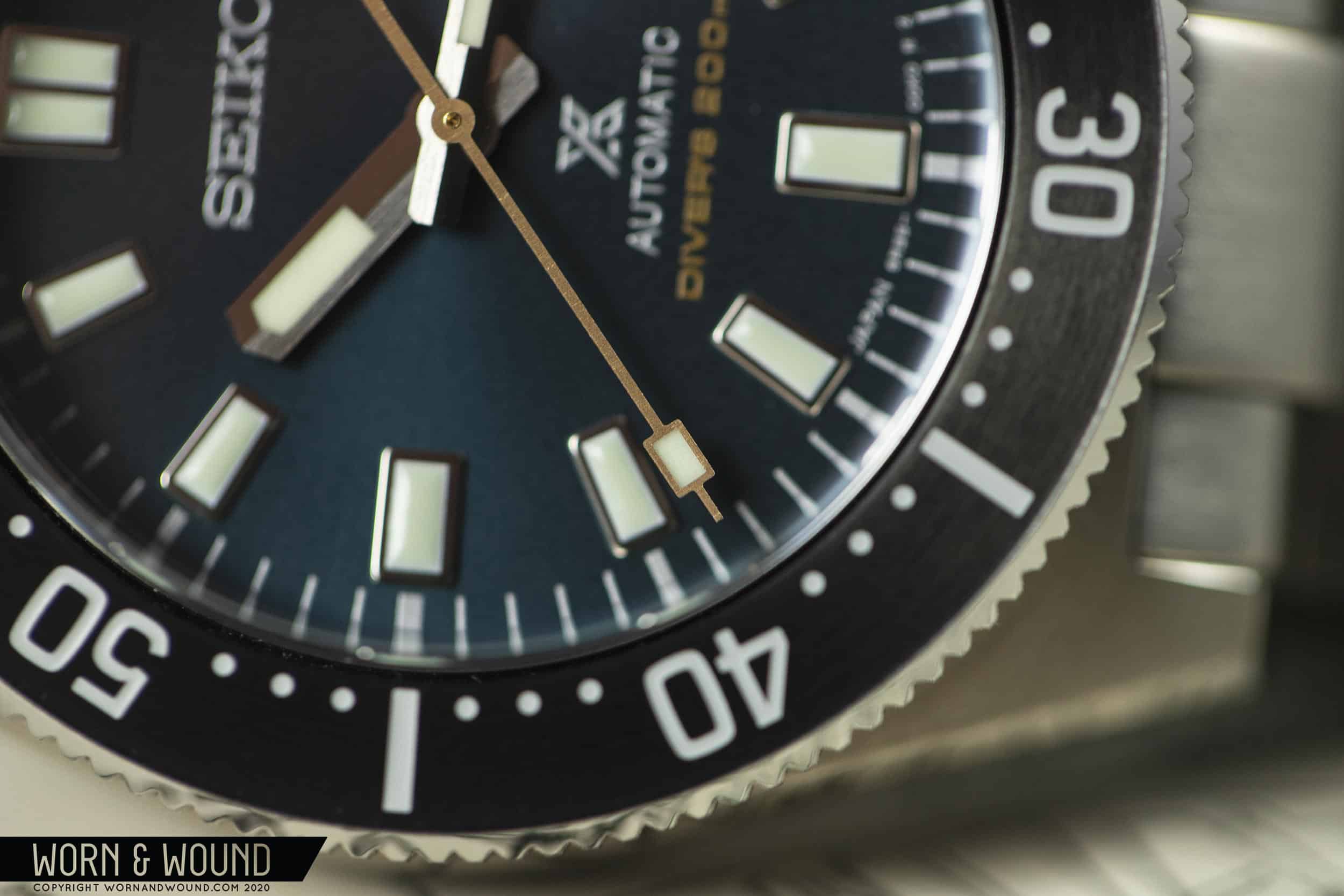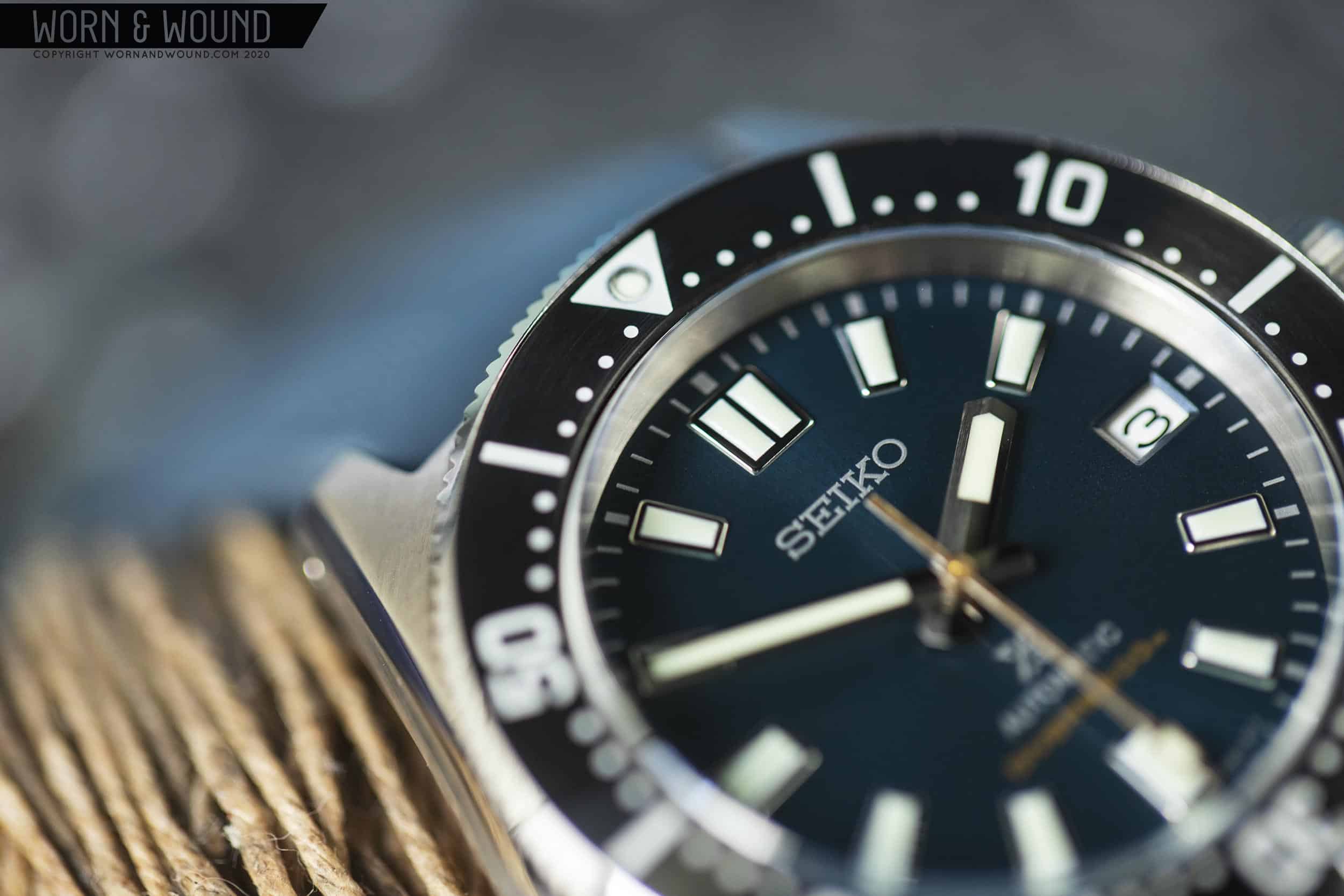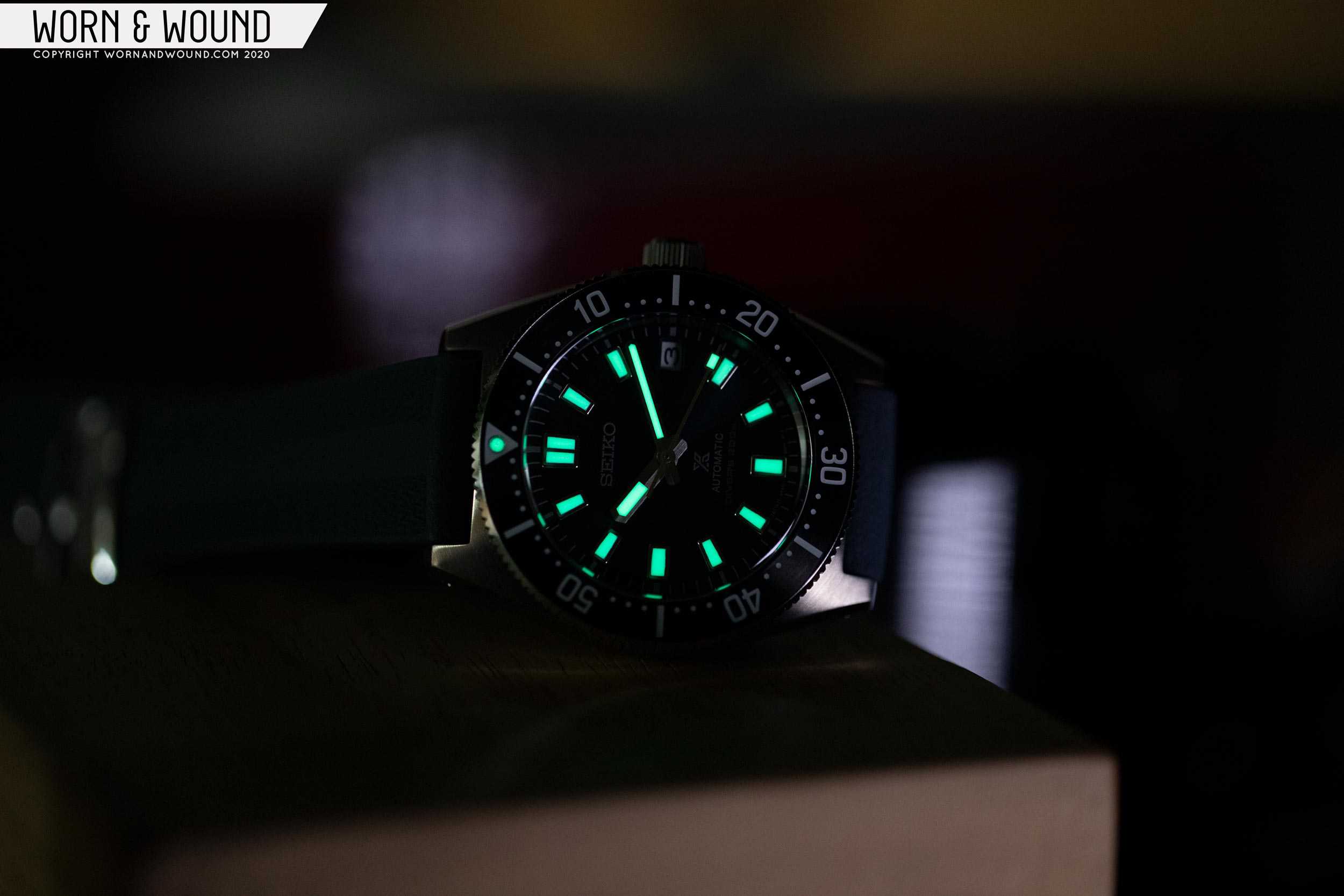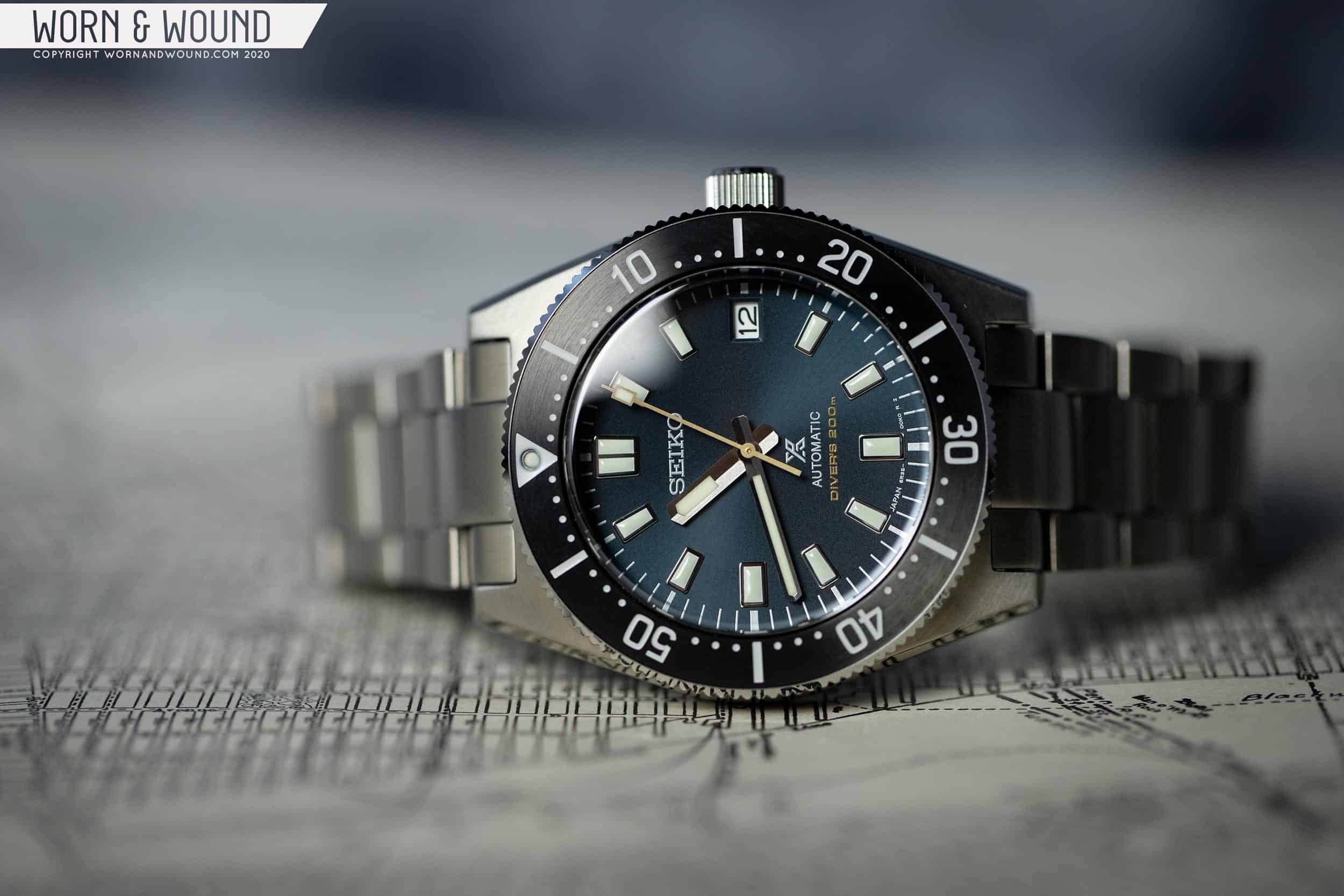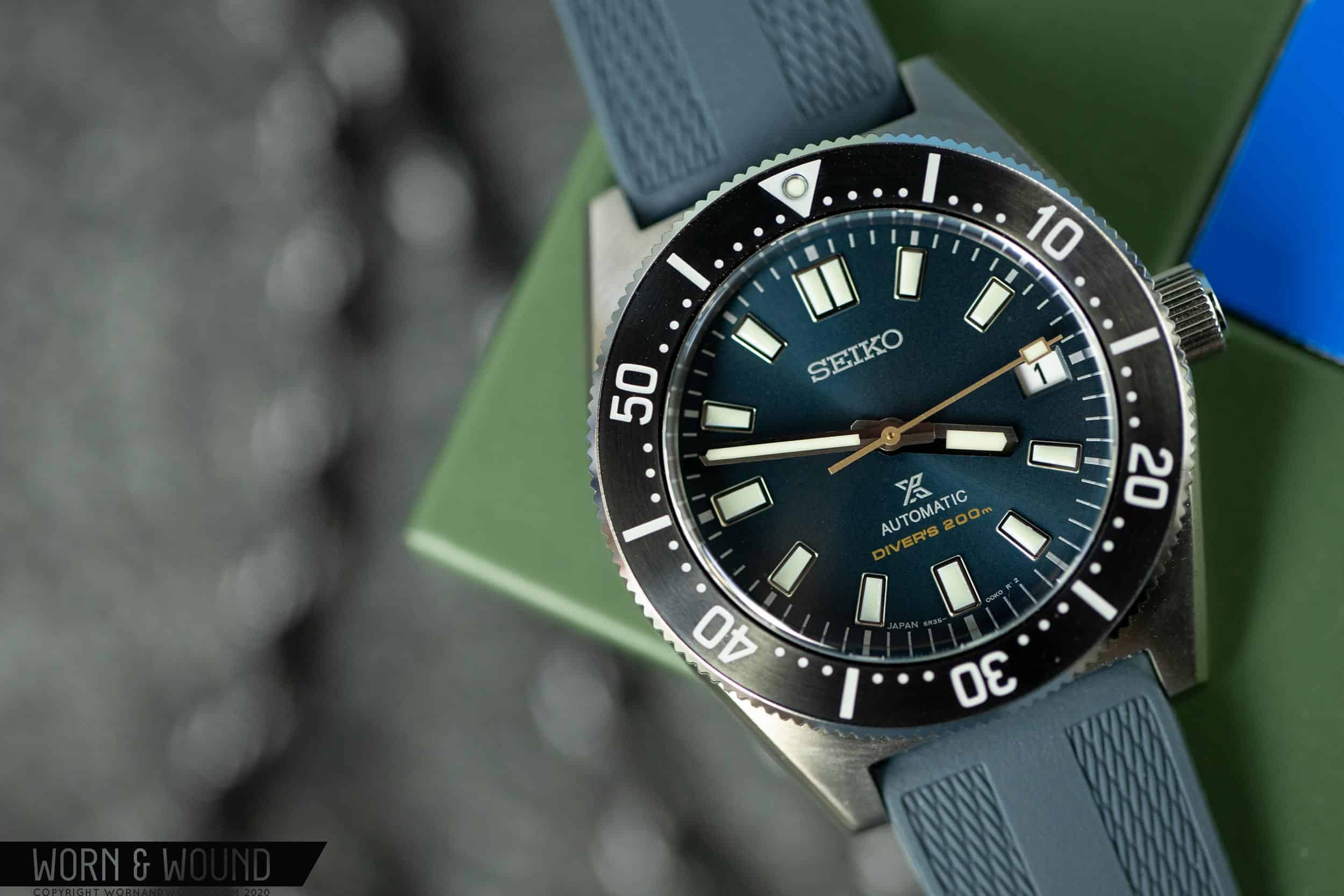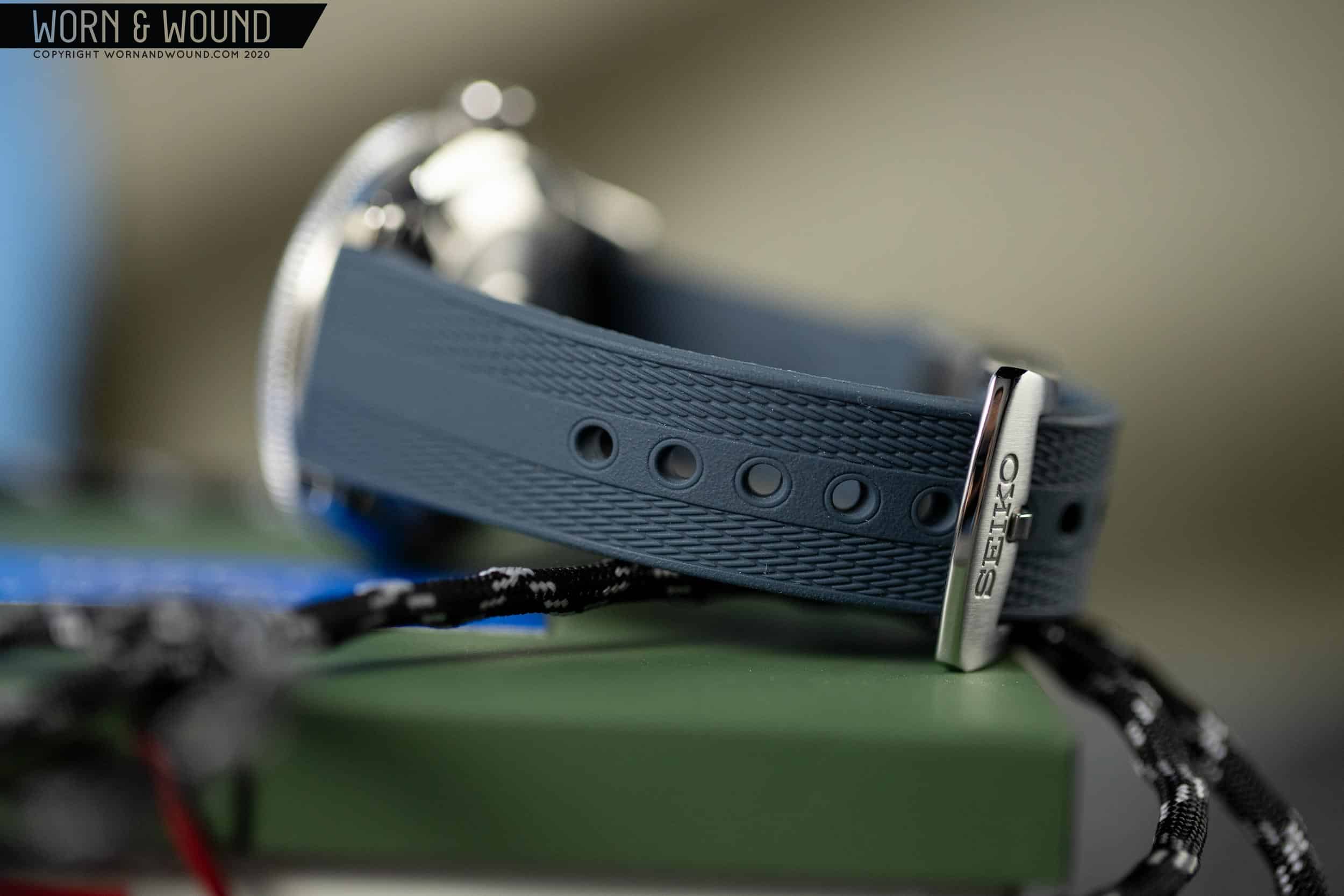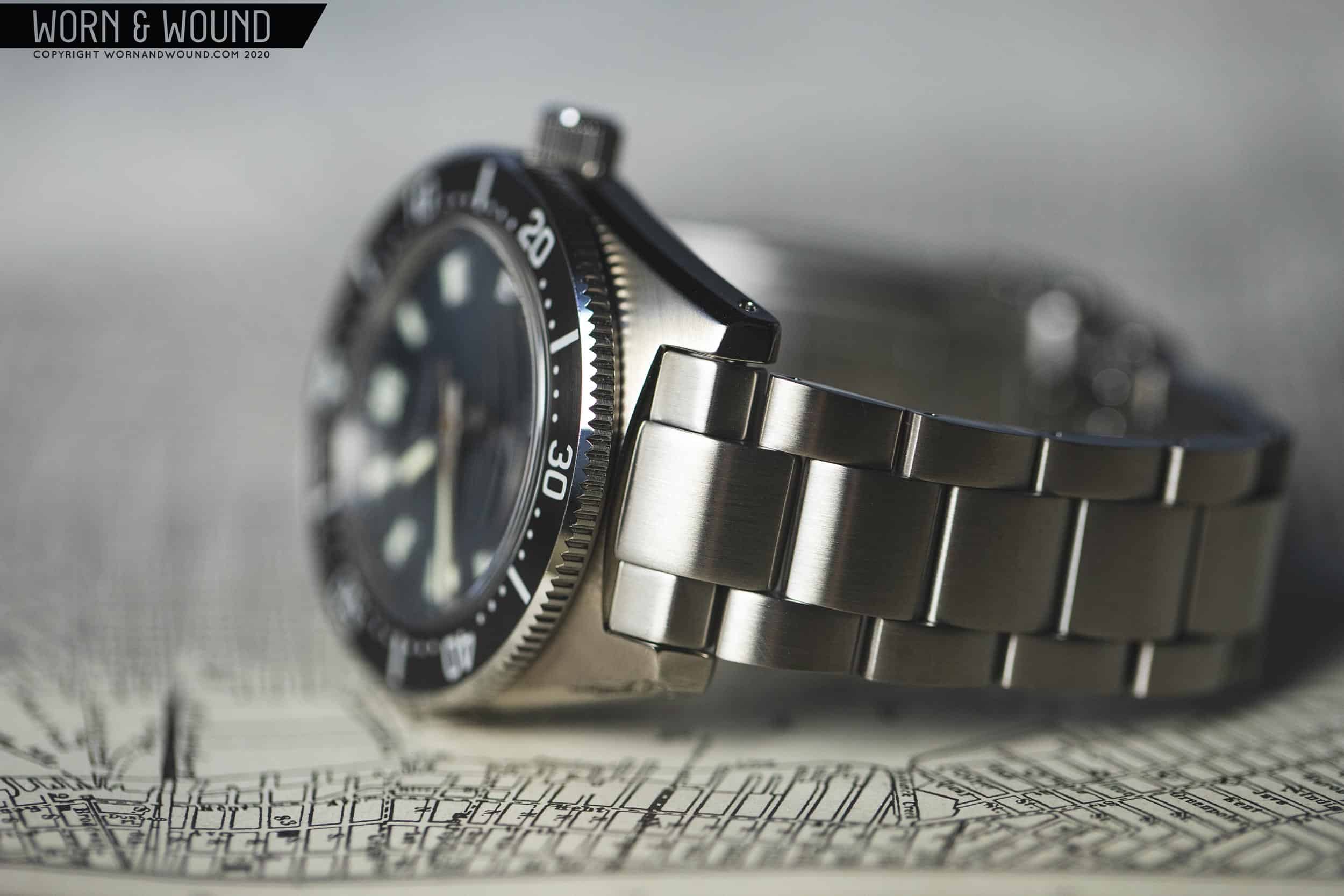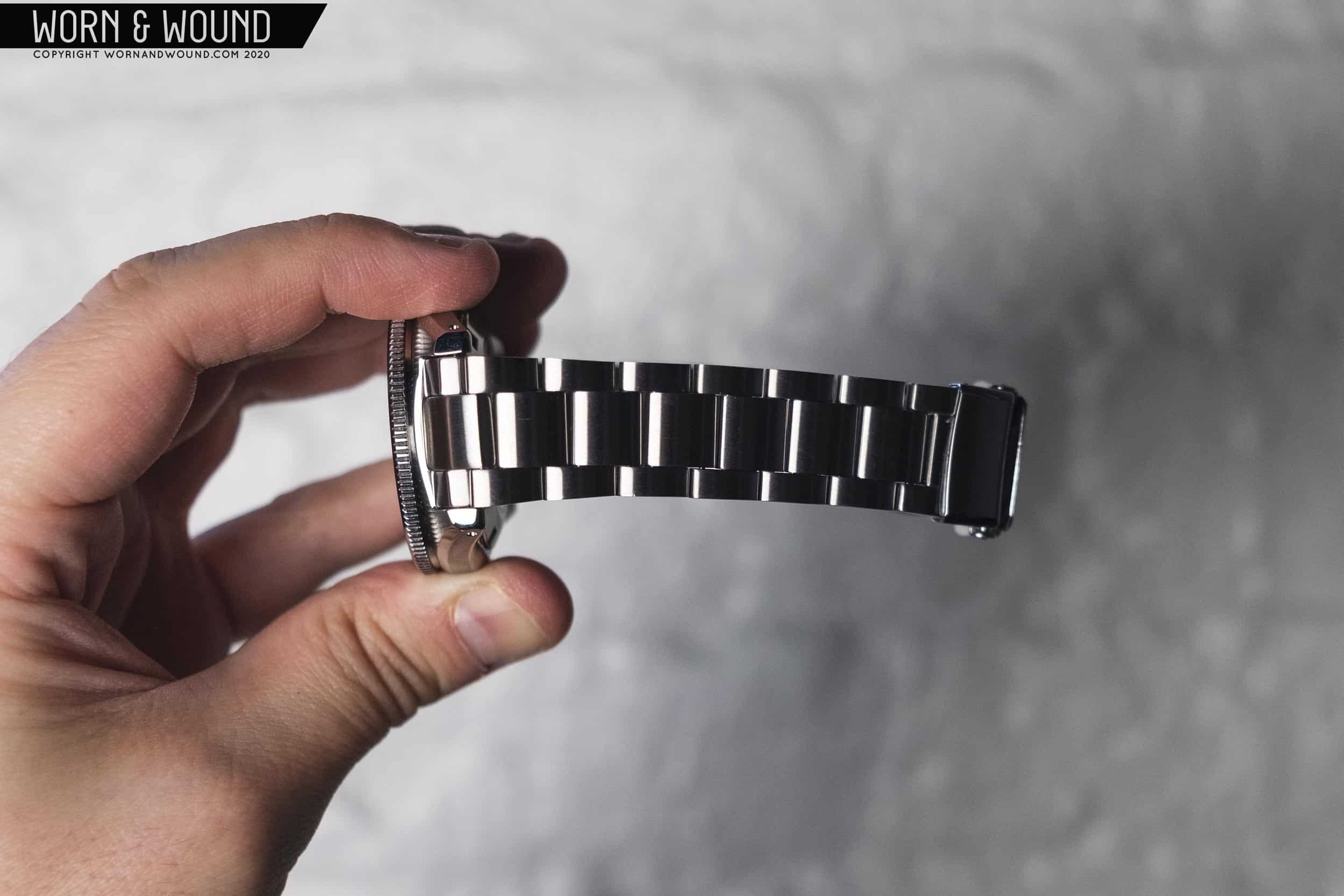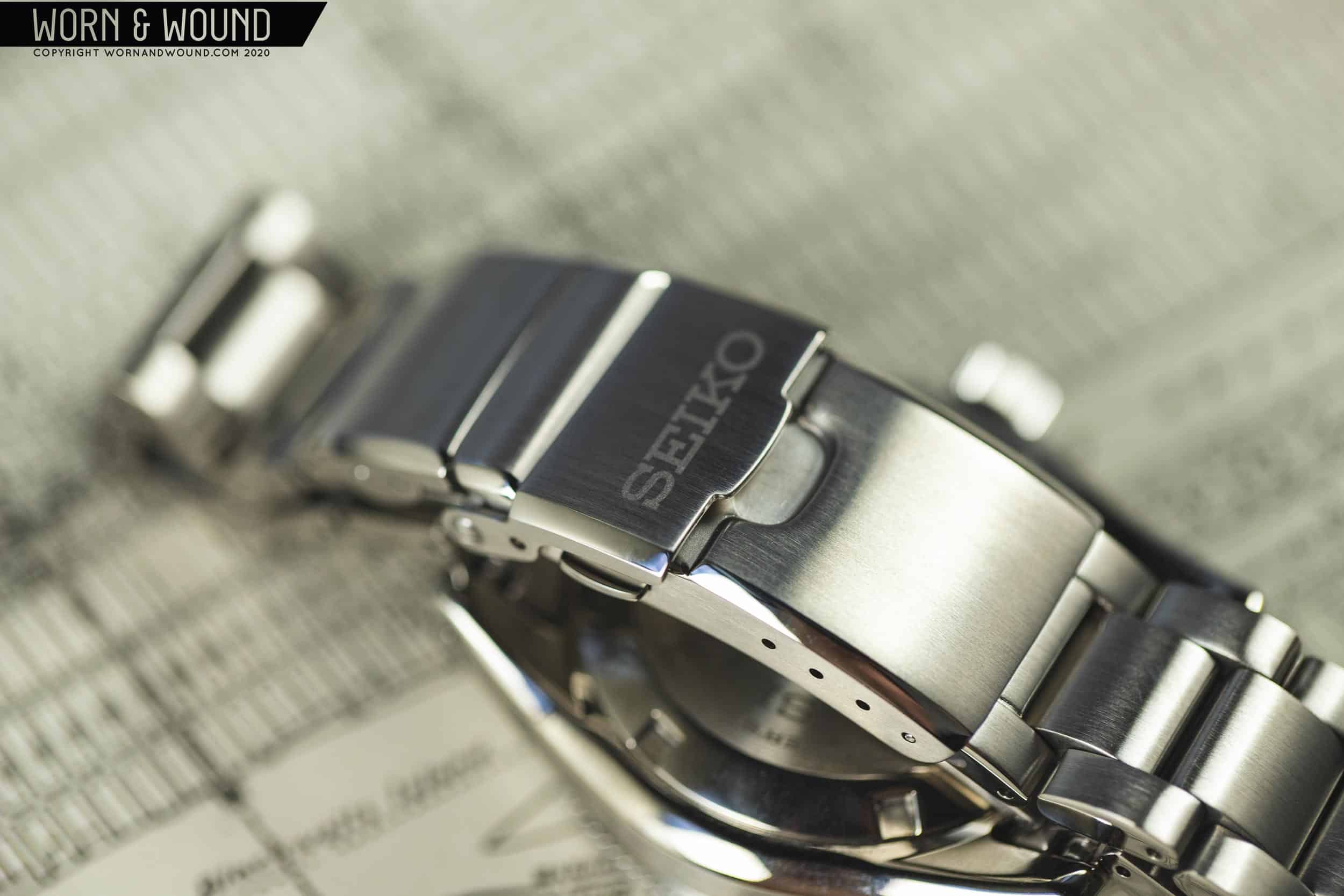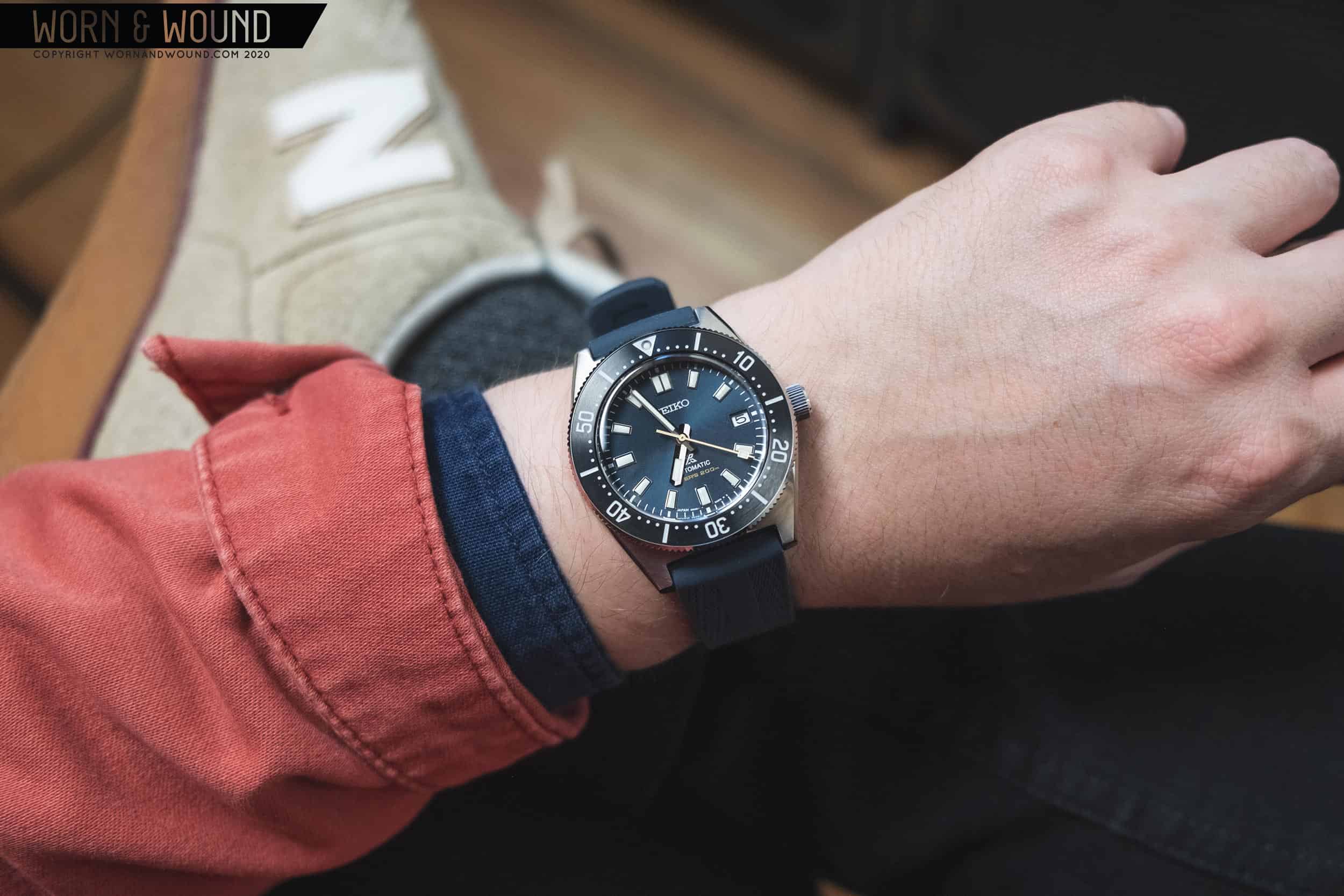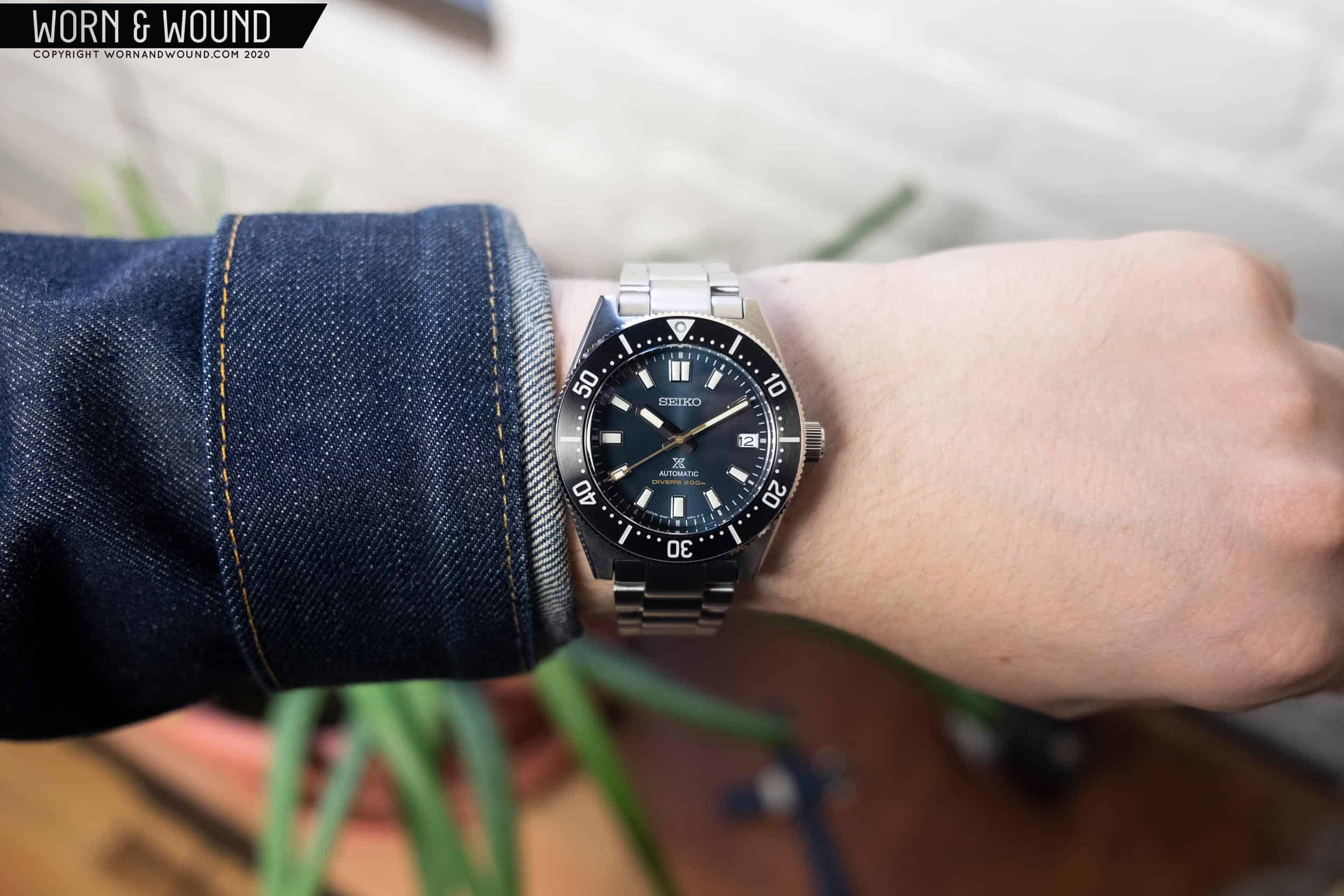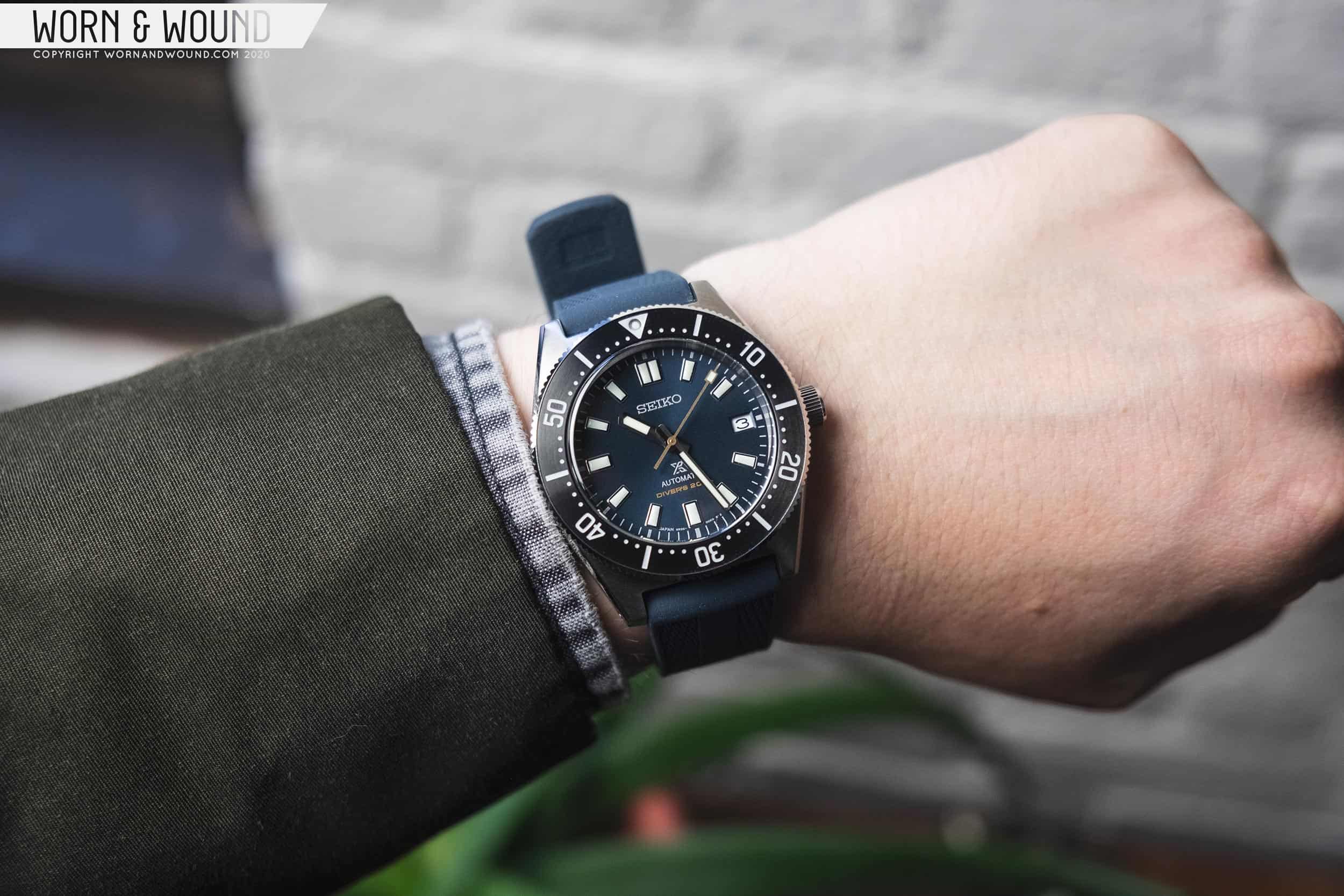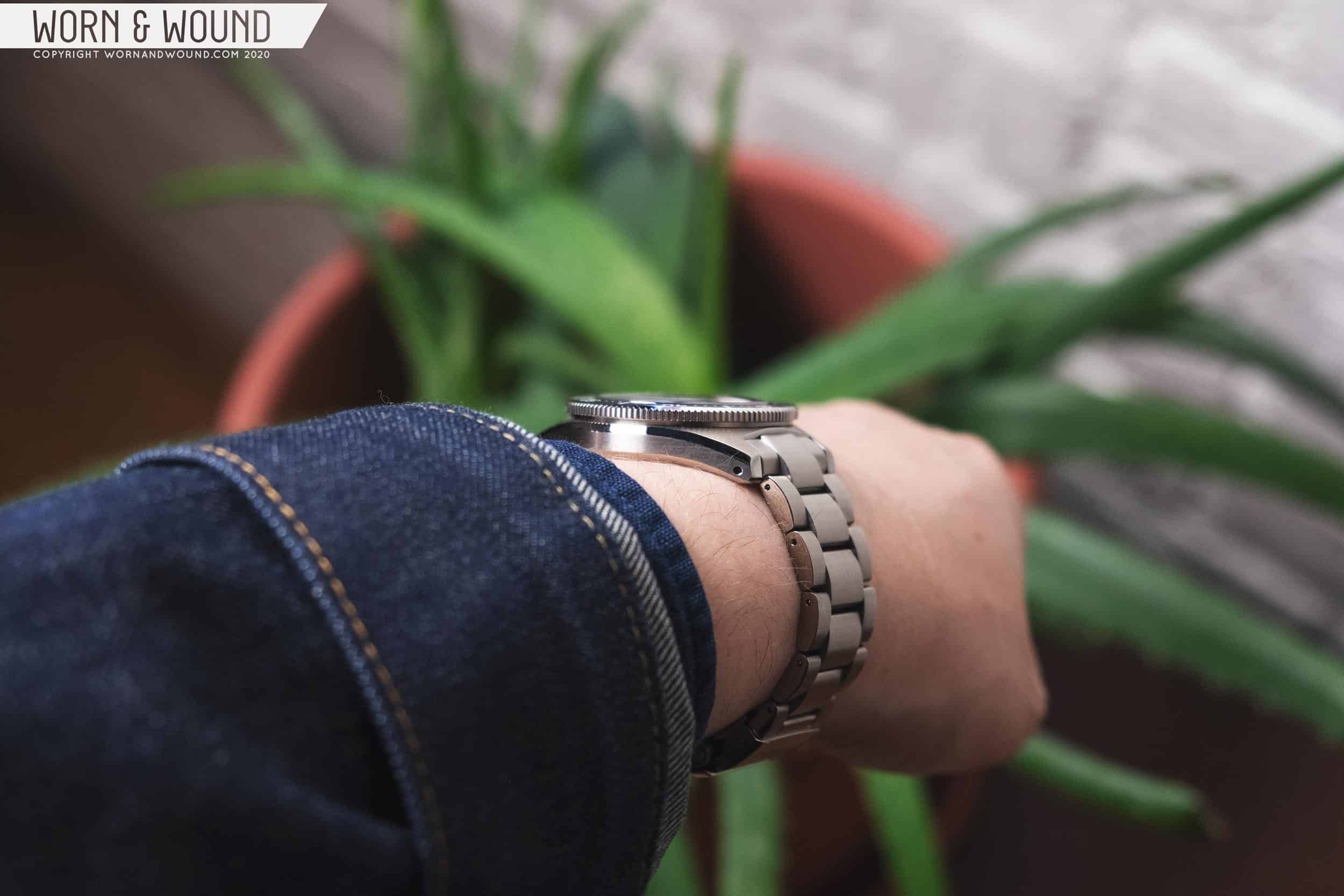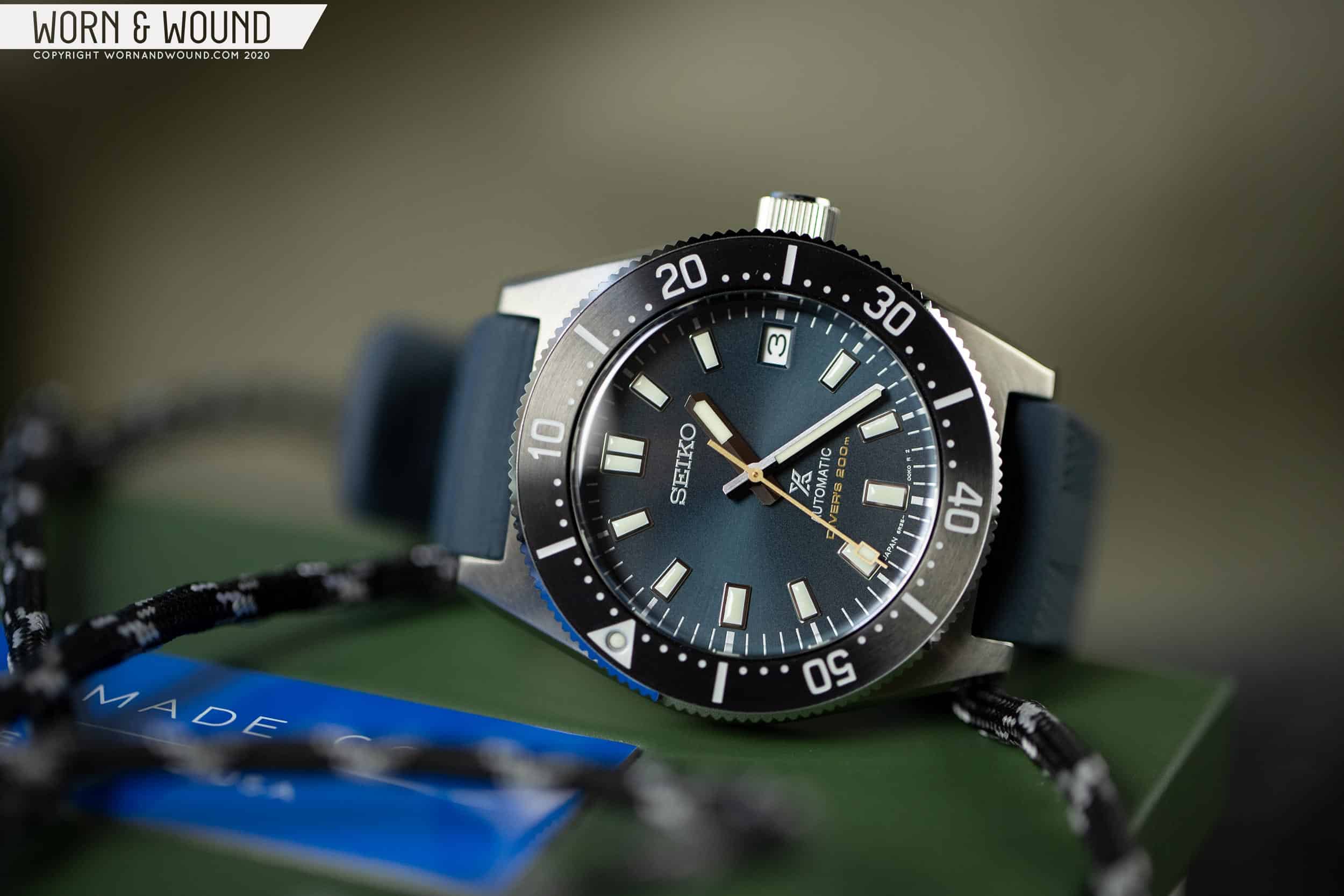I can honestly say that I haven’t looked forward to trying out a new watch as much as the Seiko Prospex SPB149 in a long time. When first revealed in early March 2020, it took me off guard. In a single day, Seiko released a trilogy of high-end Prospex divers for the 55th anniversary of the release of their first diver (the 6217-8001, aka the 62MAS), as well as the SPB149. Almost lost in the din of those other watches, the SPB149 was, at least for Worn & Wound, the real story. A new “affordable” version of the 62MAS, it stayed truer to the source than the SPB051/053s, which were a similar release from just a few years prior. Smaller in size and more deftly detailed, regardless of the vintage-inspiration, the SPB149 (149 from here out for brevity) simply seemed like it would be an incredible watch to wear, and a bit different from the current lineup of Seiko divers.
What we couldn’t tell from the renders was that the 149, and by extension the rest of the 14X series, would represent a new level of fit and finish for mid-tier Prospex watches (which I would typically associate with 6R movements and price tags around $1,000). Before moving on, it’s worth stopping on the topic of price, as that seems to be a main point of contention on these watches. The 143 and 145 are $1,200 on bracelets, while the 147 is $1,000 on rubber. The 149 tops out the series, coming in at $1,350, but is a limited edition and includes both a rubber strap and bracelet. There’s no way around the fact that Seikos are creeping up in price.
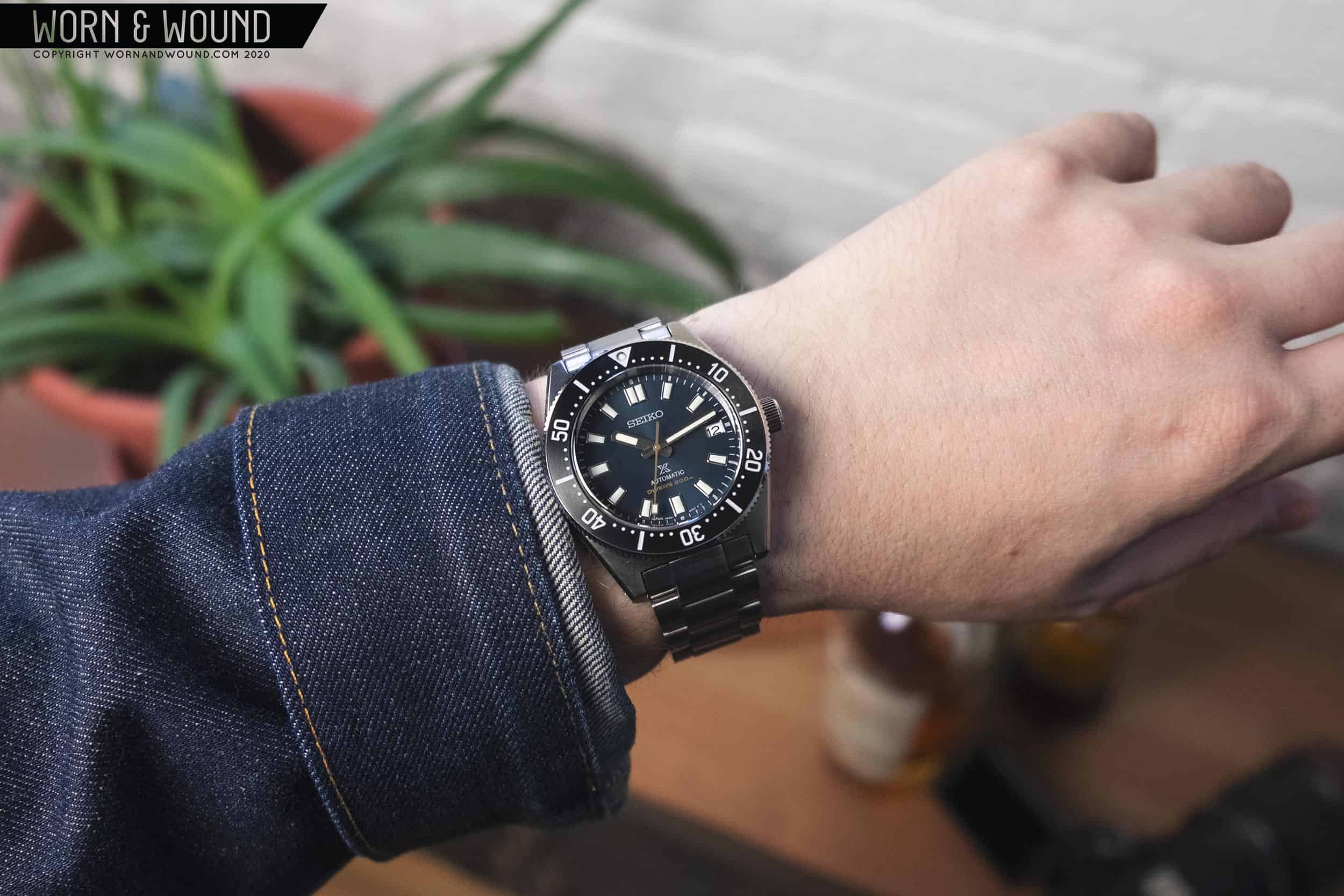
I’m not going to try to defend this, as no one likes to pay more, but I think the most important thing to keep in mind is whether or not the watch seems worth the price. And, as I think you’ll find in this review, I believe it is. Issues I’ve found on Prospex watches in the past were not present here, and the overall package feels more refined and better executed. But, beyond all that, with the 14Xs, Seiko has created a watch platform that will likely satisfy an itch fans have had for something smaller, and a bit truer to Seiko DNA from the past, that isn’t a high-priced replica. Like Oris’ Divers Sixty-Five or Tudor’s Black Bay Fifty-Eight, the 14Xs are, in my opinion, likely to be a breakout hit for the brand.
Enough preamble, let’s get to the good stuff.









 Featured Videos
Featured Videos




